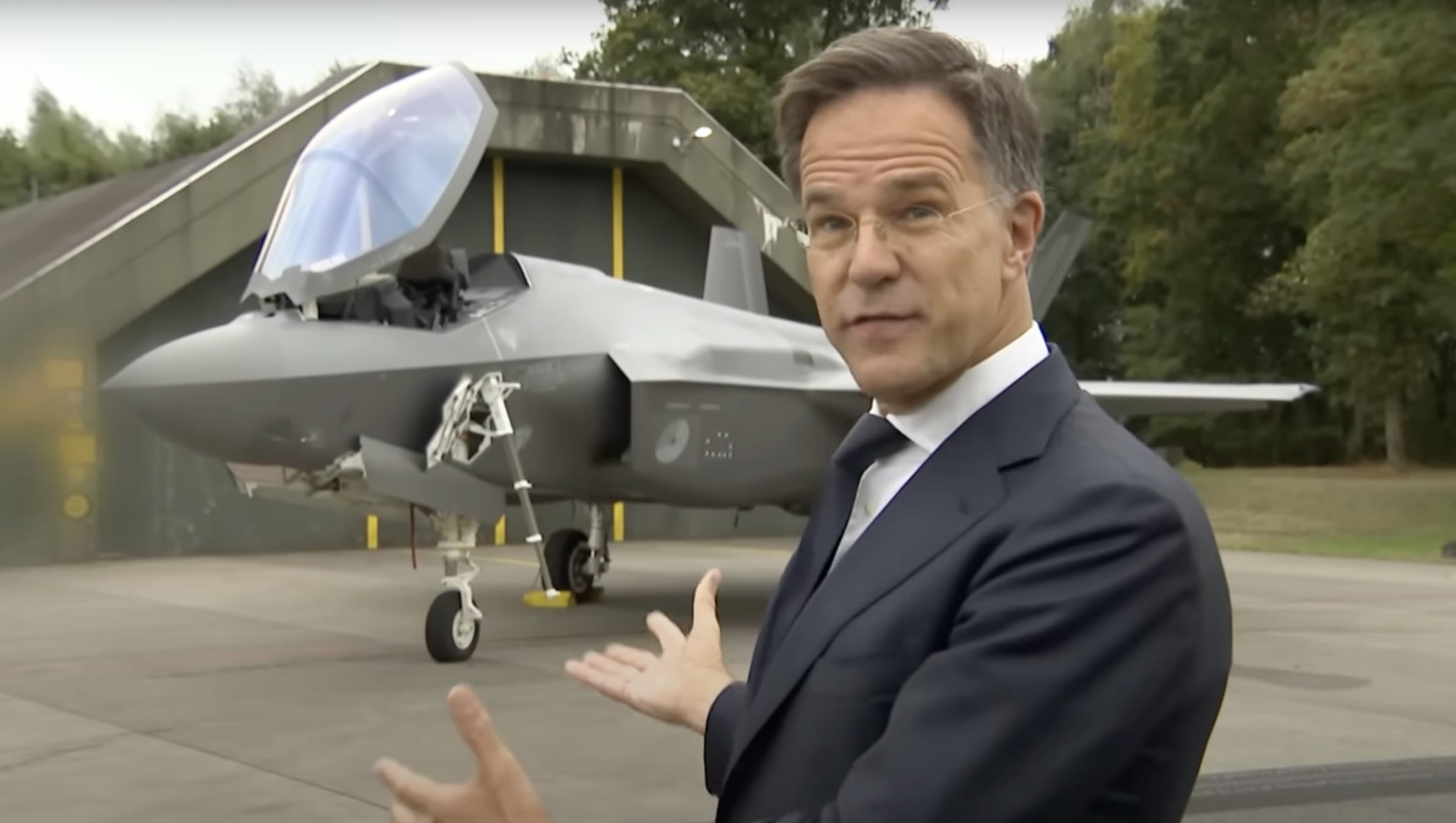


According to NATO officials, this year’s iteration involves about 71 aircraft from 14 nations and approximately 2,000 personnel. Participating assets include dual-capable fighter aircraft and supporting tankers and surveillance platforms. No live nuclear weapons are used.
Air activity is centred on established bases associated with the Alliance’s nuclear mission. The Royal Netherlands Air Force’s Volkel Air Base is a primary hub, with additional activity at Belgium’s Kleine-Brogel, the United Kingdom’s RAF Lakenheath and Denmark’s Skrydstrup. Much of the flying is taking place in international airspace over the North Sea.
Germany’s Bundeswehr has deployed three Panavia Tornado strike aircraft configured to deliver U.S. B61-series bombs under NATO nuclear-sharing arrangements, as well as four Eurofighters for escort and other tasks. Other allies have contributed aircraft including U.S. and Dutch F-35s; several nations have also assigned tankers and enablers.
NATO describes Steadfast Noon as an annual test of procedures designed to ensure that the Alliance’s nuclear forces remain “credible, safe, secure and effective.” Officials emphasise that the training covers the full spectrum of tasks around the nuclear mission—ranging from planning and certification to the guarding, handling and loading of training shapes—while avoiding any deployment of live warheads. This year, particular attention is being paid to protecting nuclear assets on the ground, reflecting heightened concerns about drone activity near European military facilities.
The scenario details are classified, and NATO does not disclose the specific tactics or flight profiles rehearsed. However, the Alliance routinely states that these drills are not aimed at any particular country and occur on roughly the same timetable each year.
Secretary General Mark Rutte said the exercise “sends a clear signal to any potential adversary that we will and can protect and defend all Allies against all threats,” while reiterating that Steadfast Noon is a recurring training event. The Netherlands, as host nation, is leading the 2025 edition.
This year’s drill comes amid an uptick in reported airspace violations and drone incidents around Europe, which several governments have linked to Russia’s broader campaign of hybrid activities. While NATO maintains that Steadfast Noon is not a response to such incidents, the Alliance and EU officials have warned of growing risks to critical infrastructure and airspace integrity from drones and other unconventional means.
In recent weeks, European diplomats privately conveyed to Moscow that further breaches of NATO airspace by Russian military aircraft could meet a more forceful response, including the downing of intruding jets. The Kremlin has dismissed reports of such warnings as irresponsible. Separately, allied officials have discussed options for a stronger posture against repeated provocations.
The annual exercise also underscores the Alliance’s nuclear-sharing arrangements, under which certain European members maintain dual-capable aircraft and certified crews able to deliver U.S. B61 munitions in a crisis, with overall political control governed by NATO’s Nuclear Planning Group. Although individual nations do not publicly confirm storage locations, the participating bases listed by host governments and media reflect the established framework of these arrangements.
Flight operations under Steadfast Noon 2025 are scheduled across weekdays over the coming fortnight, with deconfliction measures in place to separate military activity from civilian traffic in busy North Sea air corridors. National authorities have advised that noise and sortie levels may be higher than usual around the involved bases during the exercise window.
NATO officials stress that the purpose of the training is to maintain readiness and ensure that crews, procedures and security measures are practised regularly. As with previous iterations, only inert training devices are used, and movements of sensitive materiel remain tightly controlled.